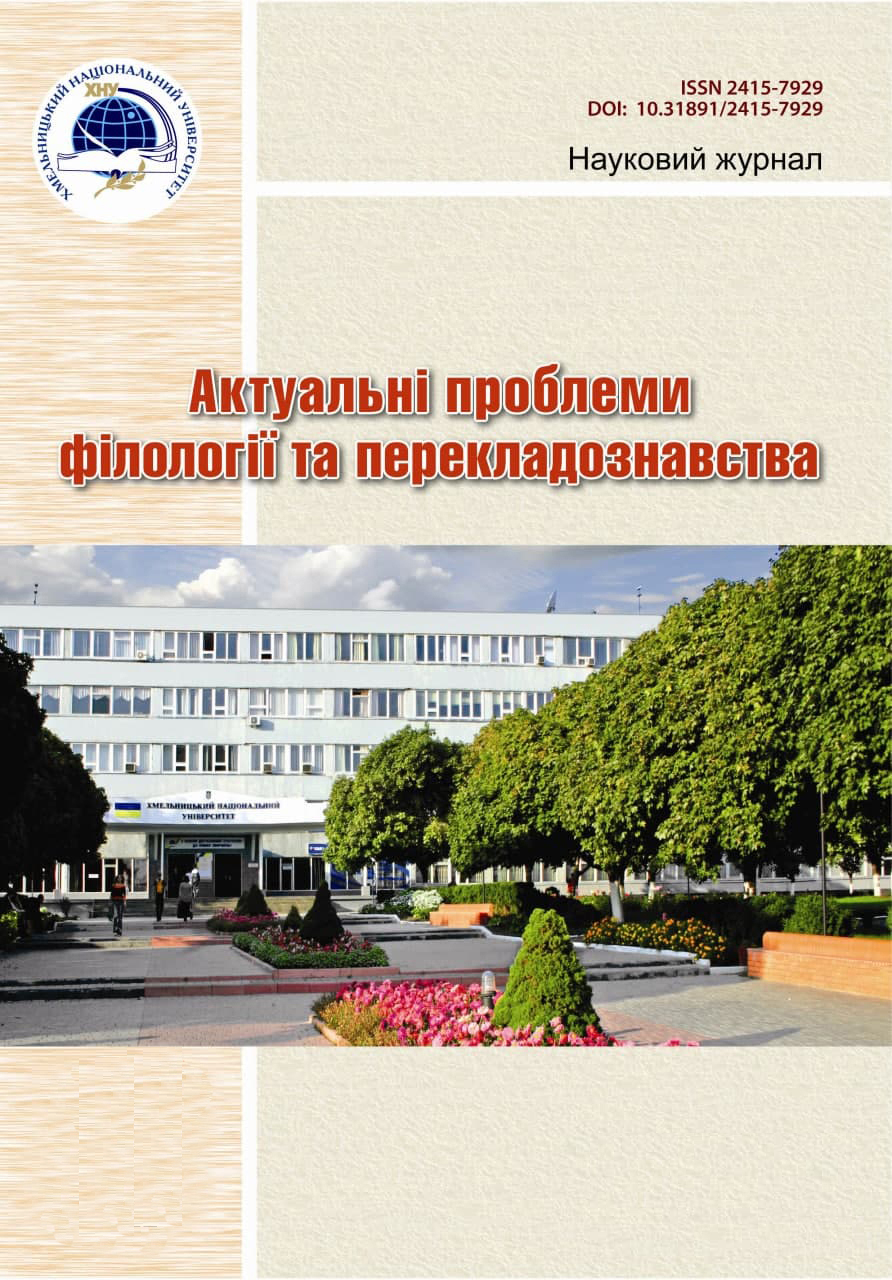TRANSLATION PECULIARITIES OF ENGLISH-LANGUAGE PUBLIC SPEECHES ON EDUCATION ISSUES (ON THE MATERIAL OF TED TALKS)
DOI:
https://doi.org/10.31891/2415-7929-2023-29-7Keywords:
equivalents, calculation, lexical transformations, concretization, generalization, antonymic translation, modulationAbstract
The article describes the specifics of translating scientific terminology into Ukrainian and effective translation transformations in translating English-language public speeches on educational issues into Ukrainian. The speech should have scientific novelty and be understandable to the average recipient, regardless of his gender, age, nationality, religious affiliation, etc. The pragmatics of a famous public lecture is aimed at the popularization of science in society, forming a specific opinion in the minds of the masses regarding an actual scientific problem. TED Talks are a hybrid genre that combines different genres such as lectures by professors in higher education institutions, articles in newspapers, presentations at conferences and scientific TV programs. This combination of semiotic models, such as oral, written, video and audio, allows TED Talks to popularize ideas worldwide successfully. Since its inception in 2007, the international TED conference has occupied an influential position globally as one of the most famous formats for disseminating ideas. The speech should have scientific novelty and be understandable to the average recipient, regardless of his gender, age, nationality, religious affiliation, etc. The pragmatics of a famous public lecture is aimed at the popularization of science in society, forming a specific opinion in the minds of the masses regarding an actual scientific problem. Various lexical and lexicogrammatical transformations are used to achieve translation adequacy. Specifically, these transformations include concretization, generalization, addition, antonymic translation, and modulation.
Downloads
Published
Issue
Section
License
Copyright (c) 2023 Юлія ГРАНКІНА, Владислава КУЛІШ (Автор)

This work is licensed under a Creative Commons Attribution 4.0 International License.

